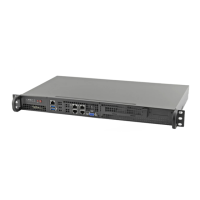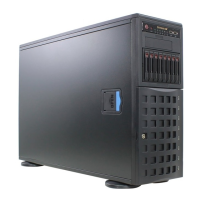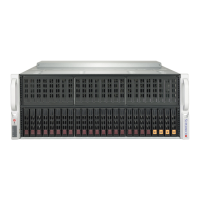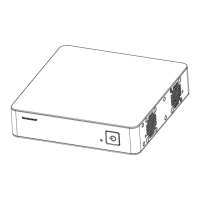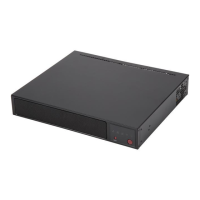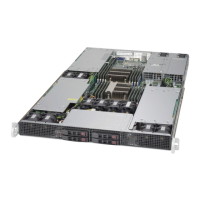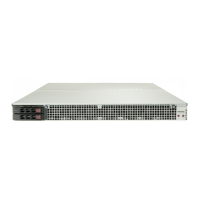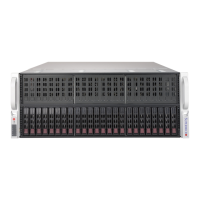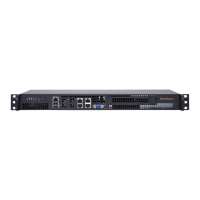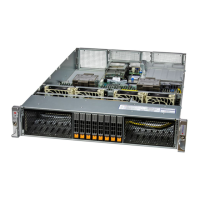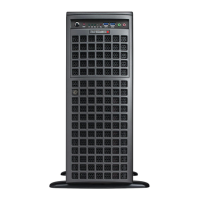Do you have a question about the Supermicro X13SRA-TF and is the answer not in the manual?
Details the X13SRA-TF motherboard's specifications and intended use for high-performance computing.
Explains symbols and formatting conventions used throughout the manual for clarity and safety.
Outlines key hardware features including CPU, memory, expansion slots, network, audio, BMC, graphics, and I/O.
Explains onboard voltage and fan status monitoring for system health and environmental temperature control.
Details power supply requirements and the functionality of the onboard serial port.
Provides essential precautions for handling static-sensitive components to prevent damage during installation.
Guides through the process of installing the CPU, processor carrier, and heatsink module onto the motherboard.
Details the steps and tools required for physically mounting the motherboard into a computer chassis.
Covers DDR5 memory support, population tables, and the procedure for installing and removing DIMM modules.
Explains the installation process for M.2 devices, including optional heatsink mounting.
Identifies and describes all rear I/O ports, USB headers, LAN ports, audio, COM, VGA, and various motherboard connectors.
Explains the function and settings for various motherboard jumpers and switches for system configuration.
Describes the status and function of various LEDs (LAN, Power, M.2, Status Code) and control panel buttons.
Provides systematic steps for diagnosing and resolving common system issues like no power, no video, boot failure, and memory errors.
Addresses issues related to system instability and the loss of BIOS setup configuration due to power or battery problems.
Details the safe procedures for removing and installing the onboard CMOS battery for system maintenance.
Introduces the UEFI BIOS setup utility and explains how to access it during system boot.
Describes the main BIOS screen, system date/time, BIOS version, build date, and memory information display.
Covers essential BIOS settings for boot features, power configuration, CPU, chipset, security, and boot options.
Details various CPU settings including voltage, power states, frequency, cache, and performance tuning options.
Explains how to configure SATA controllers, RAID modes, VROC, and manage storage devices.
Covers system security features such as administrator/user passwords, Secure Boot, TPM, and HDD security.
Describes how to manage boot priorities, add new boot options, and delete existing ones.
Explains how to save changes, restore defaults, and exit the BIOS setup utility.
Guides users through the process of installing the Windows operating system, including driver loading.
Guides users on how to download and install necessary drivers and utilities from the Supermicro website.
Introduces SuperDoctor 5, IPMI, and BMC for system monitoring, management, and alerts.
Details the process for recovering the UEFI BIOS image using a USB device to restore system functionality.
| Brand | Supermicro |
|---|---|
| Model | X13SRA-TF |
| Category | Server |
| Language | English |
